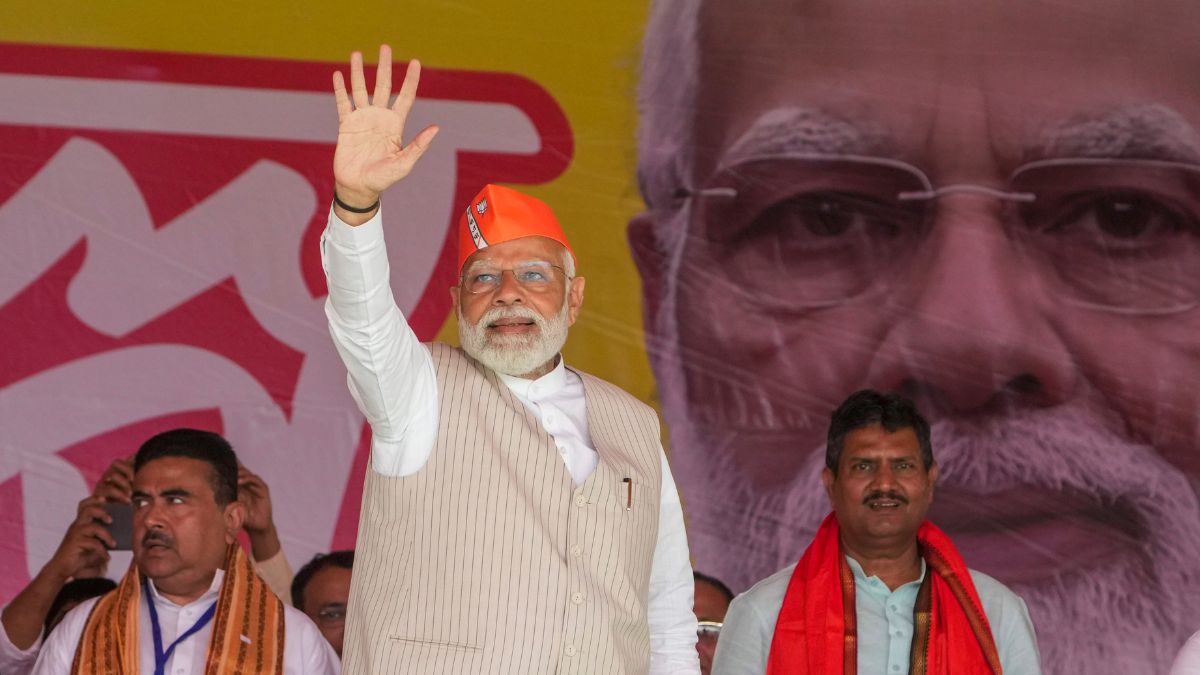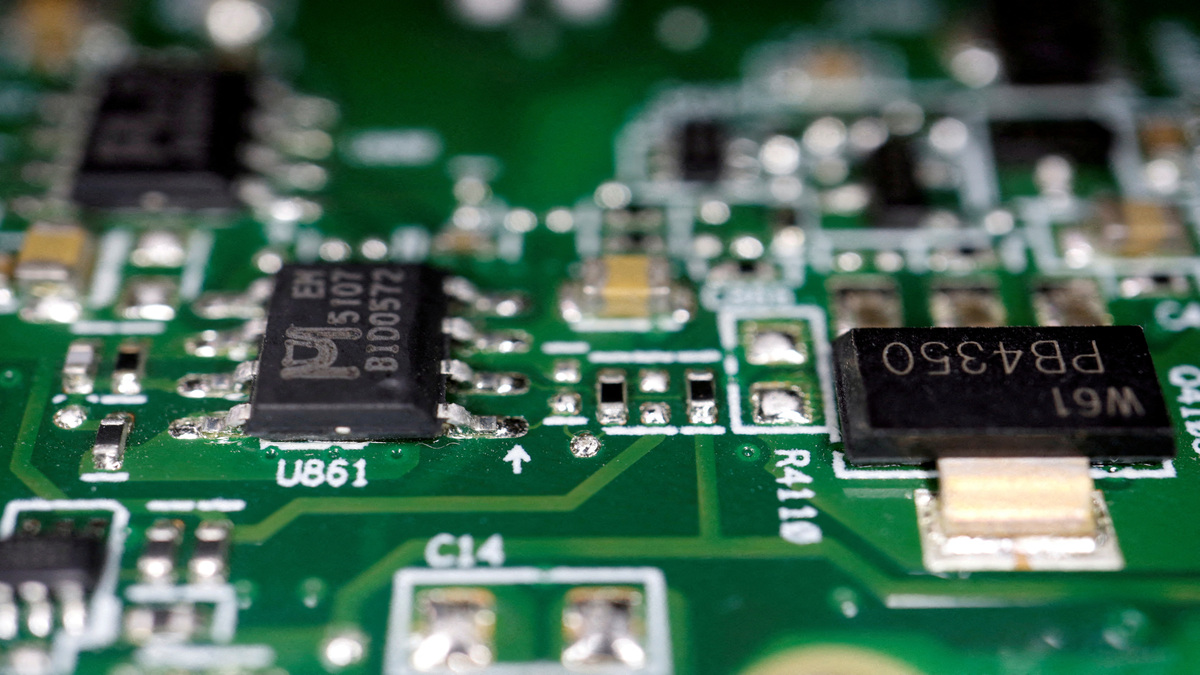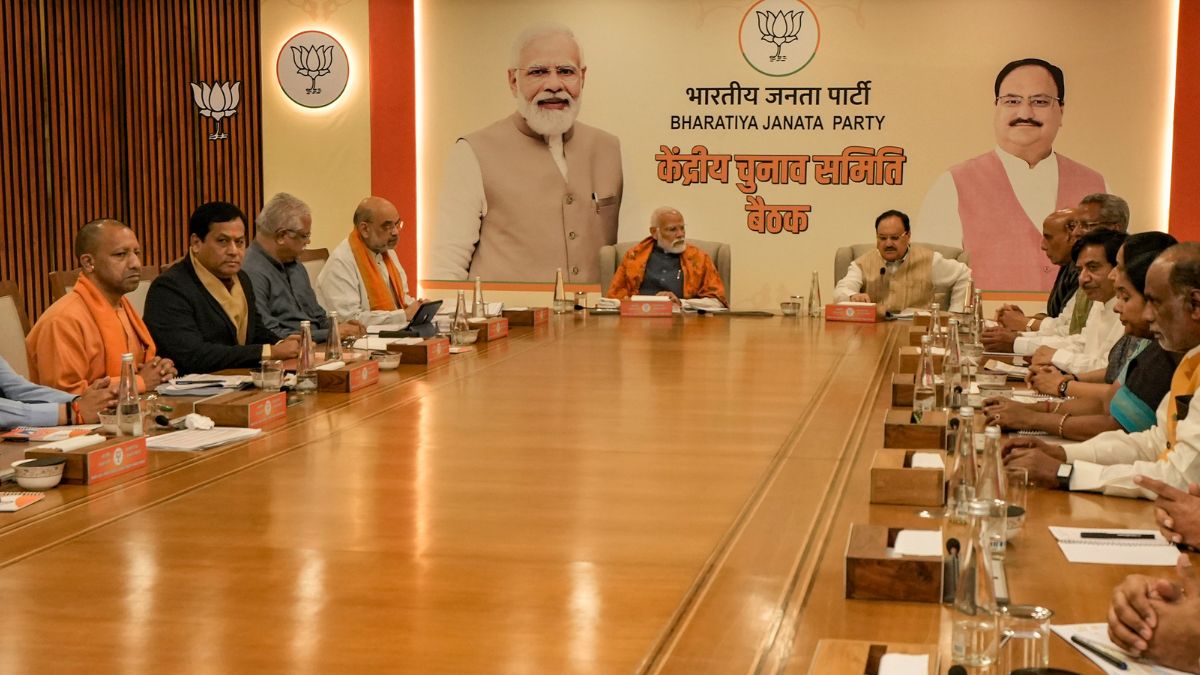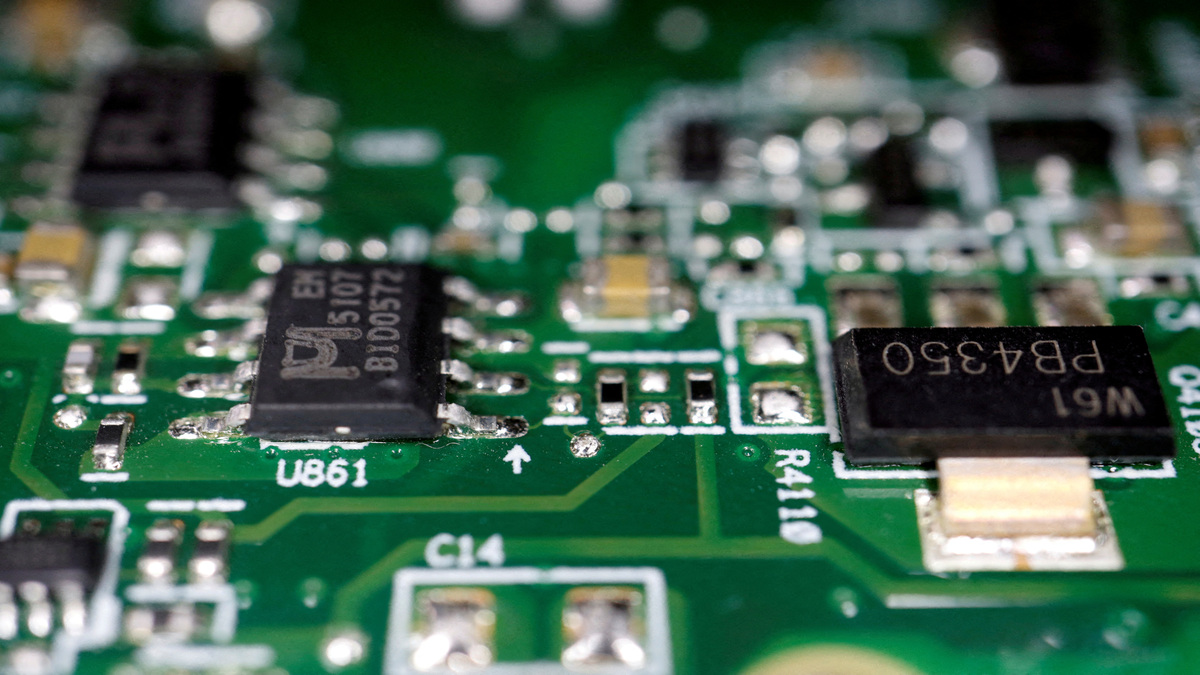Whether we like it or not, the Delhi assembly elections, expected to be held in February 2015, will be a two-party, presidential race. Narendra Modi is not the candidate for Chief Minister, but he is the one Arvind Kejriwal will have to fight. Kejriwal can erect dummy chief ministerial candidates against himself, but it is Modi he has to contend with.
In fact, if one were to sum up the situation in Delhi, it is a tale of two superheroes battling two anti-incumbencies. Kejriwal is fighting his own performance in the 49 days he chose to remain in power; Modi will be countering the BJP’s performance in the three municipal corporations its currently runs.
And, Delhi may be the first state in India to be near Congress-mukt, given the way voters are polarising between BJP and AAP.
Four opinion polls published so far suggest the same thing: the BJP is ahead of the Aam Aadmi Party (AAP) by a whisker (or substantially, according to an ET-TNS poll published today, 22 December), but the electorate wants Kejriwal as Chief Minister. All the polls show Kejriwal well ahead of any potential BJP candidate for Chief Minister, including (most likely candidate) Harsh Vardhan.
The following are the broad seat projections offered by polls so far: ET-TNS - BJP 43-47, AAP 22-25, Congress 0-3, others 0; India Today-Cicero - BJP 34-40, AAP 25-31, Congress 3-5, others 0-2; News X-CVoter poll (held earlier in November) - BJP 37, AAP 26, Congress 6, others 1; and ABP News – BJP 46, AAP 18, Congress 5, and Others 1. The ABP poll also relates to the early November mood.
ET-TNS gives Kejriwal a 42-28 lead over Harsh Vardhan for the chief ministership – which is in keeping with all the other polls.
The numbers will, of course, change, as more opinion polls are held closer to the election date (yet to be announced by the Election Commission). In fact, too many things can change between now and February. Right now, there are only two possible results: a BJP victory, and a hung house like in December 2013, when BJP emerged as the largest single party, and AAP a close second. An AAP victory looks remote, unless the BJP shoots itself in the foot over the next six weeks.
To be sure, the results will be unpredictable even after the next batch of polls is in because of two factors: the downward spiral of the Congress, and the near elimination of the smaller parties and independents. No one likes voting for sure losers, and hence one cannot rule out a last-minute shift in committed Congress votes to both the BJP and AAP - which could divide along class, caste and community lines.
As the Congress umbrella coalition breaks, both BJP and AAP will gain. The winner could be decided by how the defecting Congress vote splits between the two. No poll gives the Congress more than six seats, and the later ones show the Congress slipping further. One should not rule out a total rout for the Congress – which could end up with less than three seats.
An interesting sidelight of the ET-TNS poll is that Kerjiwal himself may be on a shaky wicket in his New Delhi constituency, where he had trounced Congress CM Sheila Dikshit last December. This is clearly indicative of the class split between AAP and BJP. To be sure of victory, Kejriwal should considering shifting to a more slummy constituency, but that would be a moral defeat for him.
The following are the takeouts from the polls held so far.
One, Delhi, as we have already noted, is a two-horse race. It is BJP Versus AAP. And it will be Modi versus Kejriwal.
Two, broadly speaking, the poor, the Dalits and Muslims are shifting to AAP, while the BJP retains its core Hindu middle class vote and the upper class/caste vote. OBCs are probably split down the middle, with a slight tilt towards Modi.
Three, the Congress is heading for its worst showing ever in Delhi, indicating that the rise of AAP is leading to its eclipse. AAP thus has a choice to make: it can either stay left-of-centre, where it has its best prospects as a replacement for the Congress, or try and move to the centre, where the BJP has planted its tent and looks unshakeable.
Four, the Delhi electorate will be in a dilemma. It wants Kejriwal as CM and also wants to strengthen Modi at the centre. It may be happy to have Modi run Delhi by remote too. Before the vote, it will be asking itself: will our vote for Kejriwal strengthen or weaken Modi? Moreover, it will also calculate whether a Delhi run by the BJP with a benign Modi at the centre is better than a Delhi run by its favourite son, Kejriwal, who will be battling Modi most of the time. Do voters want a Delhi torn between two inimical parties?
Five, the ET-TNS poll suggests that Kejriwal is liked more than his party, and so is the case with the BJP. The BJP faces some degree of anti-incumbency as it runs three corporations in the capital. AAP faces anti-incumbency because of Kejriwal’s own 49-day misadventure, which alienated the middle classes.
Clearly, the real decider will be Modi versus Kejriwal. Can Modi’s popularity overtake Kejriwal’s when the stakes are not power at the centre, but in the capital? This is the big question that will be decided in February.
The ultimate balance in Delhi will be decided by this combo: two powerful leaders, and two anti-incumbencies. The balance is currently tilting in BJP’s direction.


)




)
)
)
)
)
)
)
)